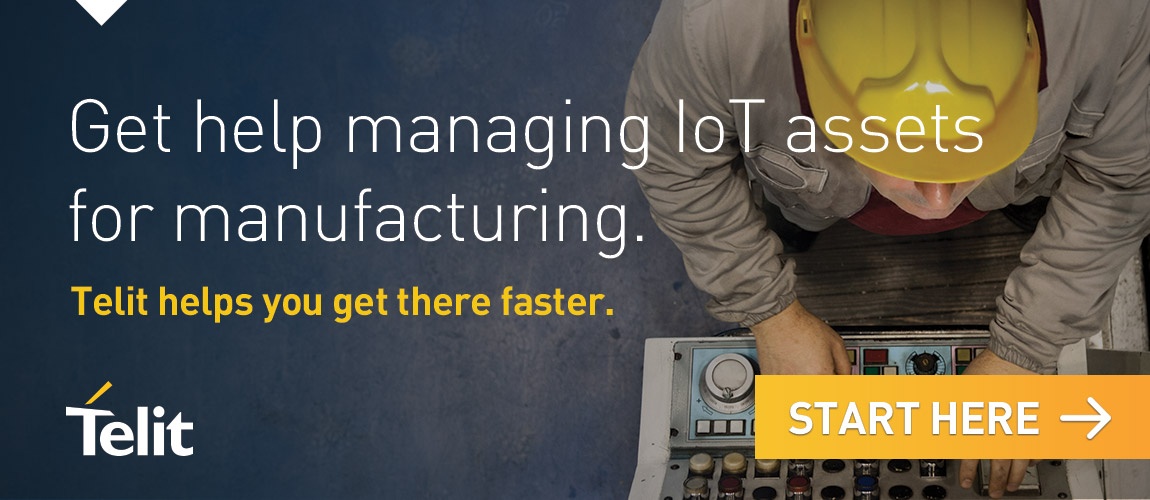Case Study: Connecting Legacy Manufacturing Assets to the IIoT
By Ricardo Buranello
October 11, 2018
By Ricardo Buranello
October 11, 2018
A Midwest manufacturer faced a problem familiar to many asset-intensive companies that have been in business for decades. Eager to embrace the benefits of industrial IoT, it connected its newer equipment – in this case, equipment used to make axels – to industrial IoT systems.

The ability to track production data by line and even by operator resulted in such huge gains in productivity that that the business was hungry for more, and left wondering: what would happen if we connected the other 70 percent of our factory equipment?
It’s a common story playing itself out in manufacturing and asset intensive companies globally.
Realizing huge gains from connecting newer equipment, these businesses are now considering what can be gained from deploying industrial IoT technologies for collecting and analyzing data from legacy assets. But they’re bumping up against a challenge in executing their vision. Their legacy equipment works. It’s paid for. There’s no real need to replace it and no realistic way to do so. But on average, it’s 20 years old, according to the Bureau of Economic Analysis, and as a result, it’s not so easy to connect to IIoT systems.
At the same time, plant engineers are aware of the perils of one-off IoT projects that each leverage best-of-breed technologies, and they recognize the need for and benefits of a unified industrial IoT strategy that can be leveraged for connecting newer and legacy equipment.
How can they do it all?
The example of this Midwest manufacturer offers some key lessons.
Connecting these machines would help prevent equipment failures, in turn avoiding costly downtime and helping predict when the equipment would need maintenance.
In connecting the CNC machines, the manufacturer sought to increase accuracy on parts count, accurately track down time events and related non-productive incidents, and provide time-based information, such as part-to-part cycle, first time quality and equipment effectiveness.
The company didn’t want to make changes to the programming of the CNC machines themselves because that would be difficult to maintain. And because the machines are frequently moved around, the connection needed to be wireless, while also not taking up a lot of bandwidth so that it didn’t tax the existing network infrastructure or require a lot of costly new investment in it.
The company utilized the Telit Smart IO Gateway appliances to IoT-enable 30 plus year-old machines from several different manufacturers within a matter of weeks.
Meanwhile, Telit’s deviceWISE IIoT platform was already in use to natively collect data from the controllers of the newer equipment. That meant a unified solution could be leveraged across the plant floor, much to the delight of plant engineers and managers alike. Because it is cloud-based, even sites with no IT infrastructure or team have the benefits of rich industrial IoT capabilities.
The equipment now has the technological foundation to enable predictive maintenance to reduce downtime and increase overall equipment effectiveness. Plus, there is easy access to data for enhanced decision-making from the plant floor to the boardroom.
If the CFO, for instance, needs numbers on allocation-based costs for a production line, the accounting team can easily access that data in the Telit deviceWISE interface. It’s also easier to spot outliers – such as production lines that lag behind others, quickly and accurately identify the cause (whether it’s the fault of the machine operator or the machine itself), and remedy it.
